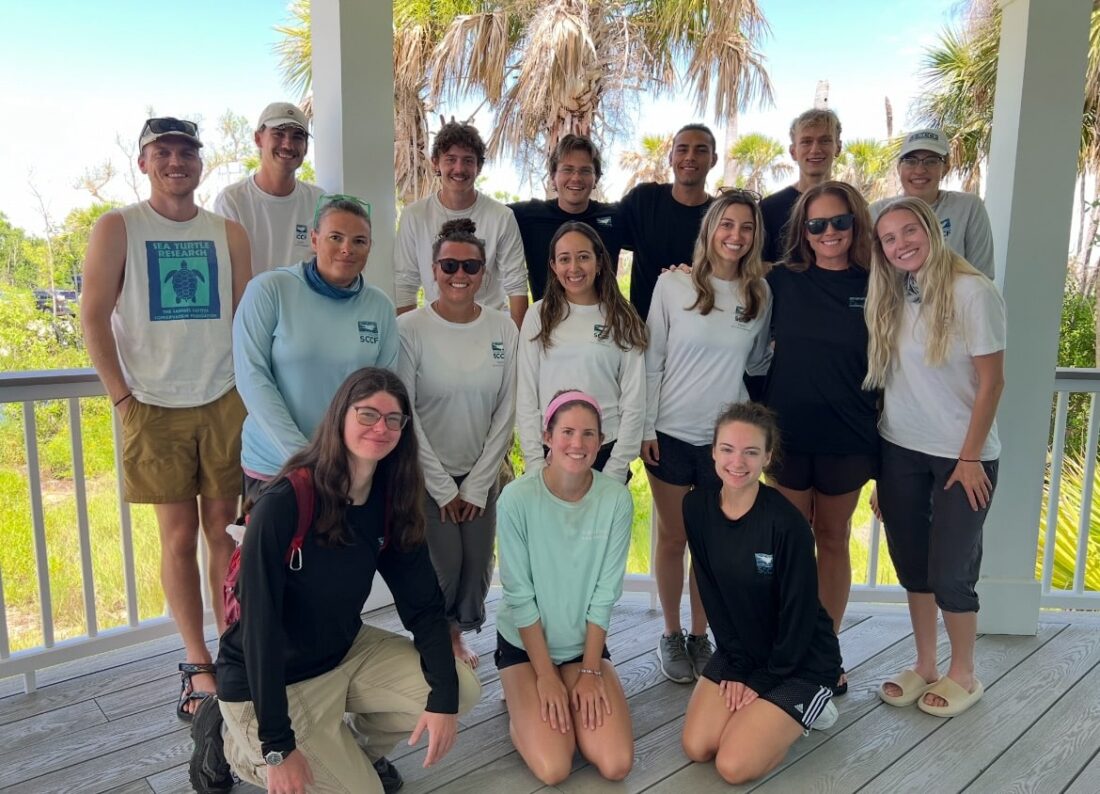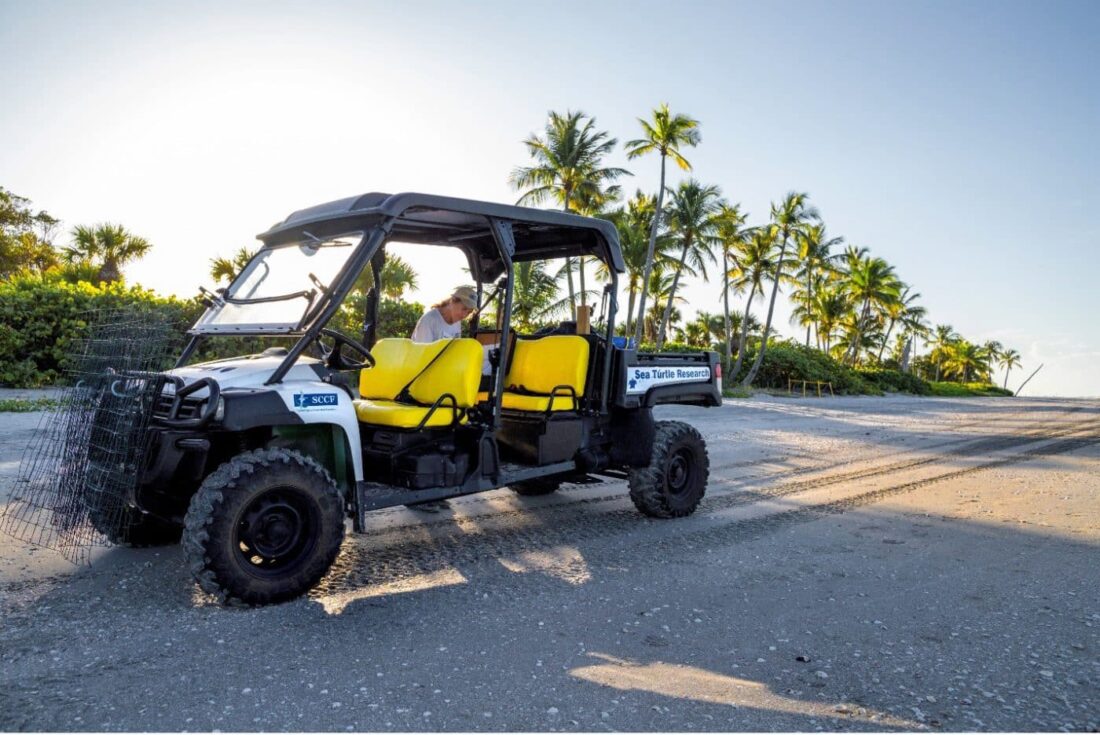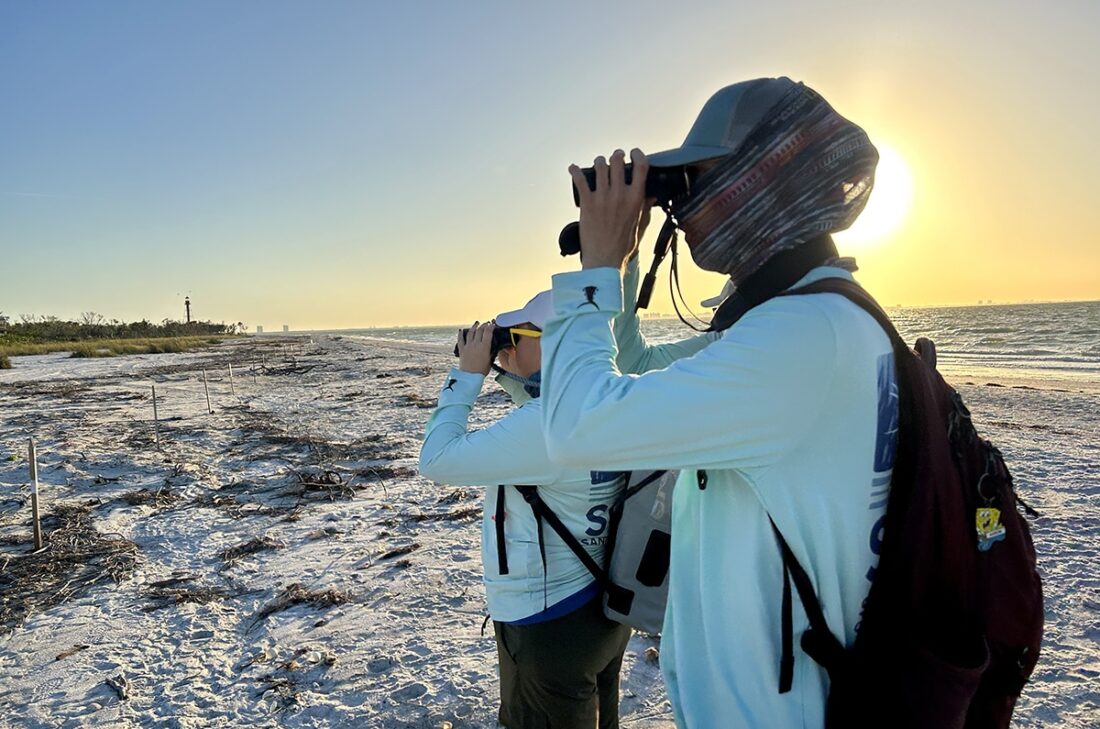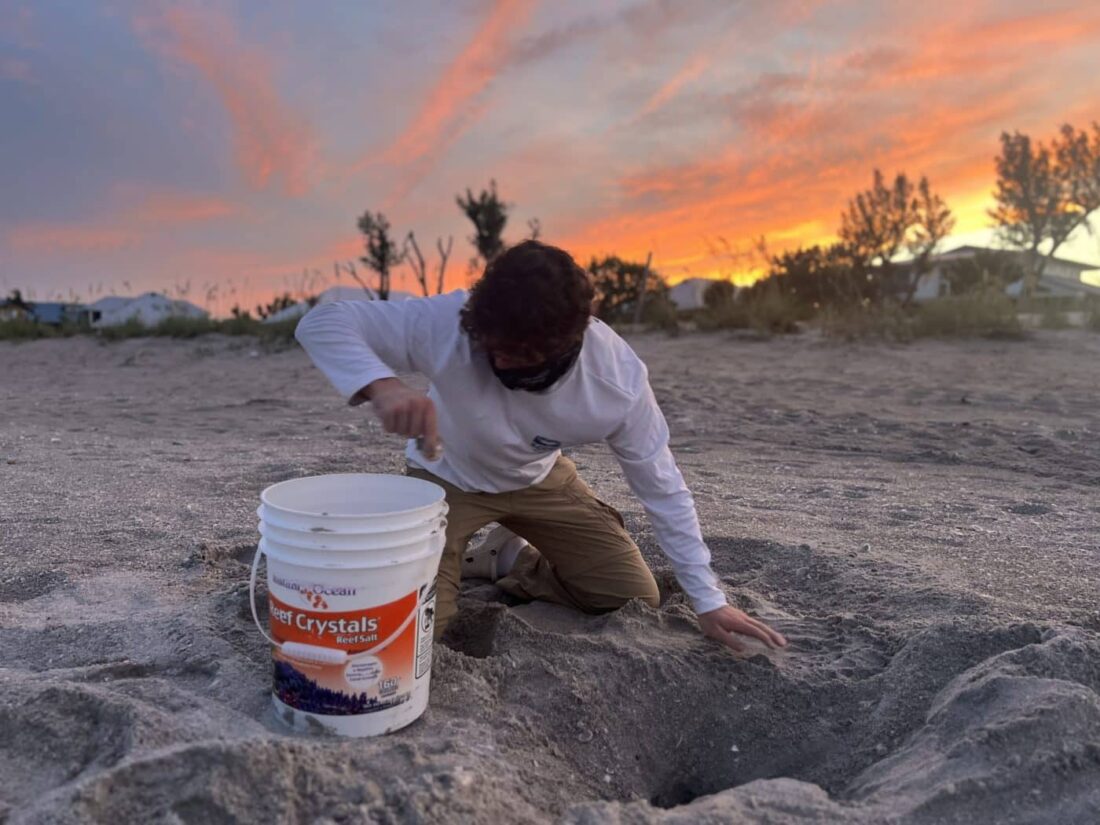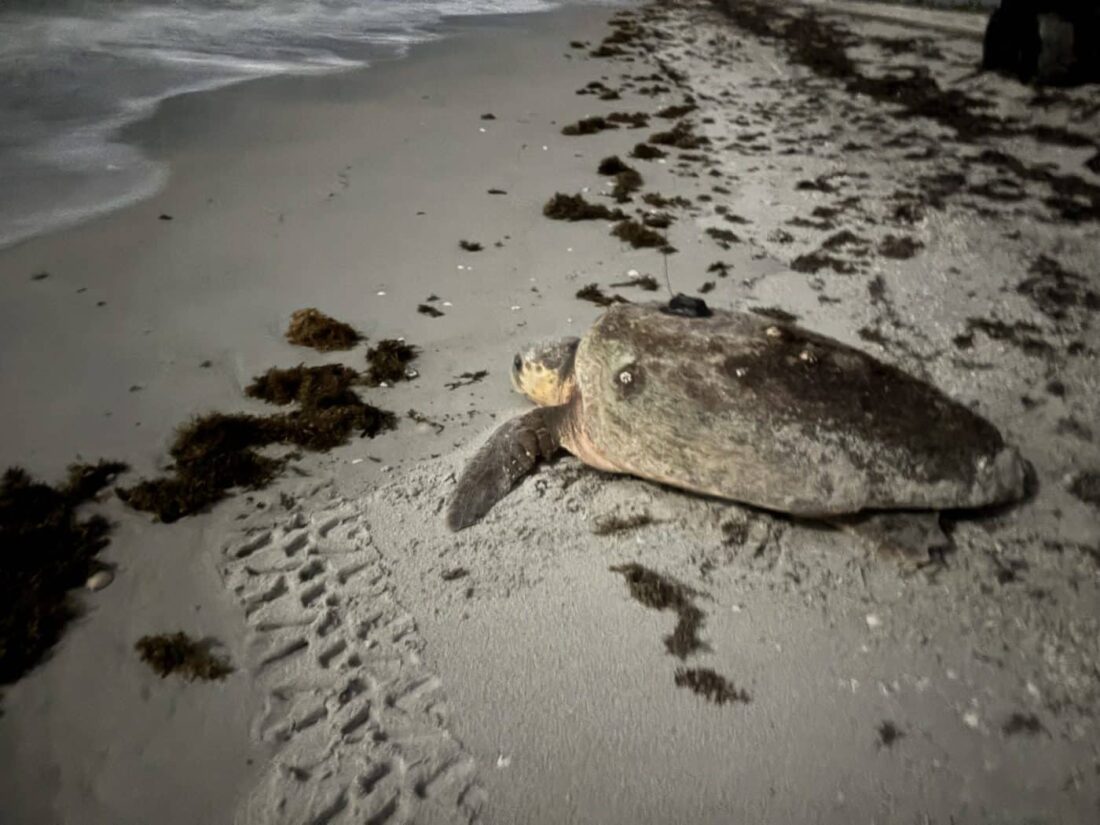SCCF: How we protect sea turtles, shorebirds
The Sanibel-Captiva Conservation Foundation (SCCF) reported that it takes a lot of work and manpower to protect sea turtles and shorebirds on the islands, especially during the nesting seasons.
SEA TURTLE SURVEYS
Every summer from April 15 through October, the SCCF patrols 18 miles of beachfront shoreline on Sanibel and Captiva to conduct sea turtle nest monitoring activities.
To complete the roughly 180 surveys covering six months, it takes a large team of permanent and seasonal staff and 80-90 volunteers. Over 5,000 volunteer hours are documented in a typical year to accomplish the goals of its nest monitoring program.
SHOREBIRD SURVEYS
The SCCF shorebird team includes two full-time staff and one seasonal intern who are tasked with regularly monitoring the islands, plus several sites in the surrounding area, for state-threatened snowy plovers and other nesting shorebirds.
A large colony of least terns nested on the Causeway Islands this year, and the team coordinated a stewardship program comprised of 31 volunteers who helped monitor and protect the nests and chicks from May until August.
NEST RELOCATIONS, BEACH CONSTRUCTION MONITORING
“Our regular monitoring surveys comprise only a singular facet of our objectives undertaken in a given nesting season,” SCCF’s Coastal Wildlife Director and Sea Turtle Program Coordinator Kelly Sloan said. “This year, for example, our team is also under contract with the Captiva Erosion Prevention District to conduct sea turtle nest relocations in advance of an upcoming beach renourishment project. While many of the regular monitoring responsibilities remain, these surveys require us to relocate all nests laid on Captiva.”
The relocation undertaking requires additional coordination and manpower, and the SCCF’s normal staff has tripled on Captiva this season to include four additional interns. Additionally, more frequent shorebird surveys are required on the island to ensure that protected species are not using the habitat prior to project commencement.
Many smaller-scale beach construction projects requiring monitoring by the SCCF also occur during the course of the nesting season. These include projects such as dune crossover repair and construction, plantings, and other emergency work following hurricanes. All such projects require monitoring and additional staff time to minimize impacts to sea turtles and shorebirds.
RESEARCH
“On top of monitoring and beach construction surveys, our team also conducts several different research projects during any given season,” Sloan said. “This year, we attached satellite tags to five nesting loggerheads to track their movements and evaluate how water temperature affects movements and behavior. We are also continuing an intensive project investigating how red tide toxins affect health, fitness and survival of hatchlings.”
The SCCF reported that a successful sea turtle or shorebird nesting season is reliant on many different aspects of monitoring and research, each with many moving parts. Planning, coordination and lots of hard, intense work are all condensed into the nesting season. Through its staff, seasonal employees and volunteers, all of the demanding work can be accomplished.
For information about supporting the SCCF’s work by adopting a sea turtle or shorebird, visit https://sccf.org/get-involved/species-adoption-programs/.


